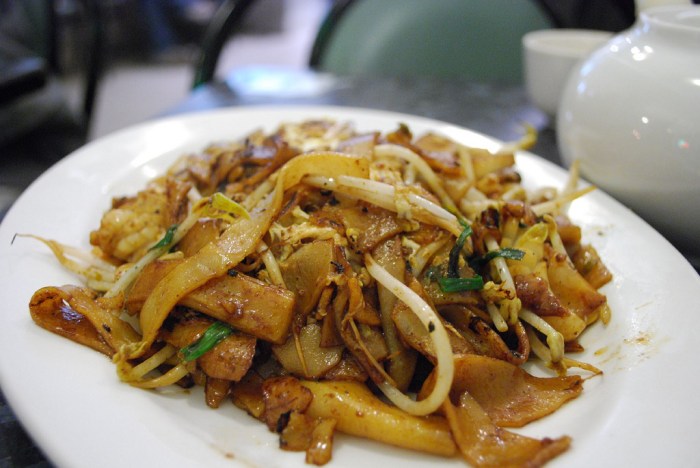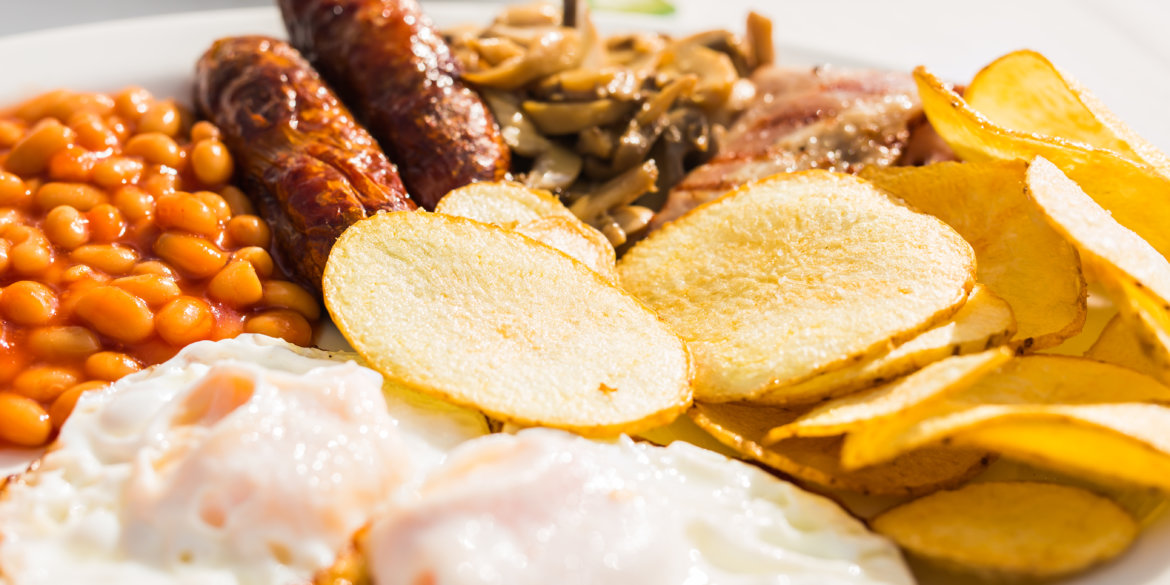Did you know that Singaporeans consume more than the daily required intake of sodium? According to Health Promotion Board (2018), the average Singaporean consume 9g of sodium daily which is more than the recommended intake of only 5g per day. Our fast-paced and busy lifestyle hinders us from cooking healthier food at home, instead we opt for quick and convenient hawker food.
Consuming Hawker Food with high sodium content may increase your risks of a Stroke. Our local hawker food contains high amount of sodium, saturated fats and cholesterol content. According to the National Registry of Disease Office (MOH), there are 7,413 Stroke cases admitted to public hospitals in 2016. That is about 20 cases of stroke patients admitted daily.
According to WHO (2007), the rise of high blood pressure in many countries is due to the high consumption of sodium and low intake of potassium (the lack of fruits and vegetables in our daily diet).
Eating Healthier: Local Hawker Food
High blood pressure is directly linked to heart diseases and Stroke. The key is to reduce sodium intake and increase our potassium intake. A high potassium diet can help to reduce blood pressure and water retention – protecting us from chronic diseases like stroke, osteoporosis and kidney stones. We’ve put together healthier tips for you to continue indulging in your favourite local dishes and reduce your sodium consumption.
Char Kway Teow

The local Char Kway Teow is laden with high fat and sodium content – eating this will exceed the daily recommended intake for saturated fat, sodium and cholesterol.
Tip:
- Try to avoid eating Char Kway Teow on a regular basis.
- You can try sharing a plate of Char Kway Teow with your friend, so that you would not exceed the daily recommended intake for saturated fat, sodium and cholesterol.
- Ask for less oil and more vegetables to increase potassium and fibre content!
Hainanese Chicken Rice
Hainanese chicken rice is the staple of our local Singaporean food culture – it is good source of protein but high in saturated fats and sodium content.
Tip:
- Ask for more cucumbers to increase potassium and fibre content.
- Remove the skin of the chicken.
- Asked for steam rice instead of the regular hainanese rice to lower saturated fat content.
- Avoid adding more soya sauce as this increases sodium content.
Wanton Mee
Wanton Mee is one of the healthier hawker food options because it is low in energy, fat, saturated fat and cholesterol. However, this dish has high sodium content and low fibre content.
Tip:
- Ask for more vegetables to increase potassium and fibre content.
- Request for steamed wanton rather than the fried wanton to reduce saturated fat intake.
- Avoid drinking the soup broth to reduce sodium consumption.
Roti Prata
One of our favourite go-to comfort food. Roti Prata is one of the healthier options as the flatbread itself is low in saturated fat, fat, cholesterol and sodium. However, the difference is the type of curry you choose to go with your Roti Prata.
Tip:
- Make sure to choose dahl curry or fish curry as they do not contain coconut milk (coconut milk is high in calories and saturated fat).
Mee Soto
With its spicy and savoury broth – the Mee Soto is a popular food option among Singaporeans however, this dish is packed in with high sodium content.
Tip:
- Ask for more vegetables like bean sprouts/peas to pack in higher fibre and potassium content.
- Avoid drinking the soup broth to lower sodium consumption.
4 Tips to Lower Your Sodium Consumption
Singapore has a variety of delicious local food delicacies that are high in sodium content, here is a general rule of a thumb: Eat with moderation!
- Choose dishes that are low in saturated fat, sodium and added sugar.
- Avoid drinking the broth or soup as they are usually laden with high sodium content.
- Ask for more vegetables to increase your fibre and potassium intake.
- Follow Health Promotion Board’s My Healthy Plate Guideline to ensure that you have a balanced diet.
Ultimately, remember to take steps to have a balanced diet! Prevention is always the key to having a healthier lifestyle and reducing the possibility of a stroke or other chronic diseases. If you are a caregiver for a stroke survivor always ensure that you and your loved one have a well-balanced diet to reduce the possibility of another stroke. Need additional help with caring for a stroke? You can find out more about the different type of services we provide for stroke survivors here.
Award winning Home Care trusted by health professionals – Jaga-Me




